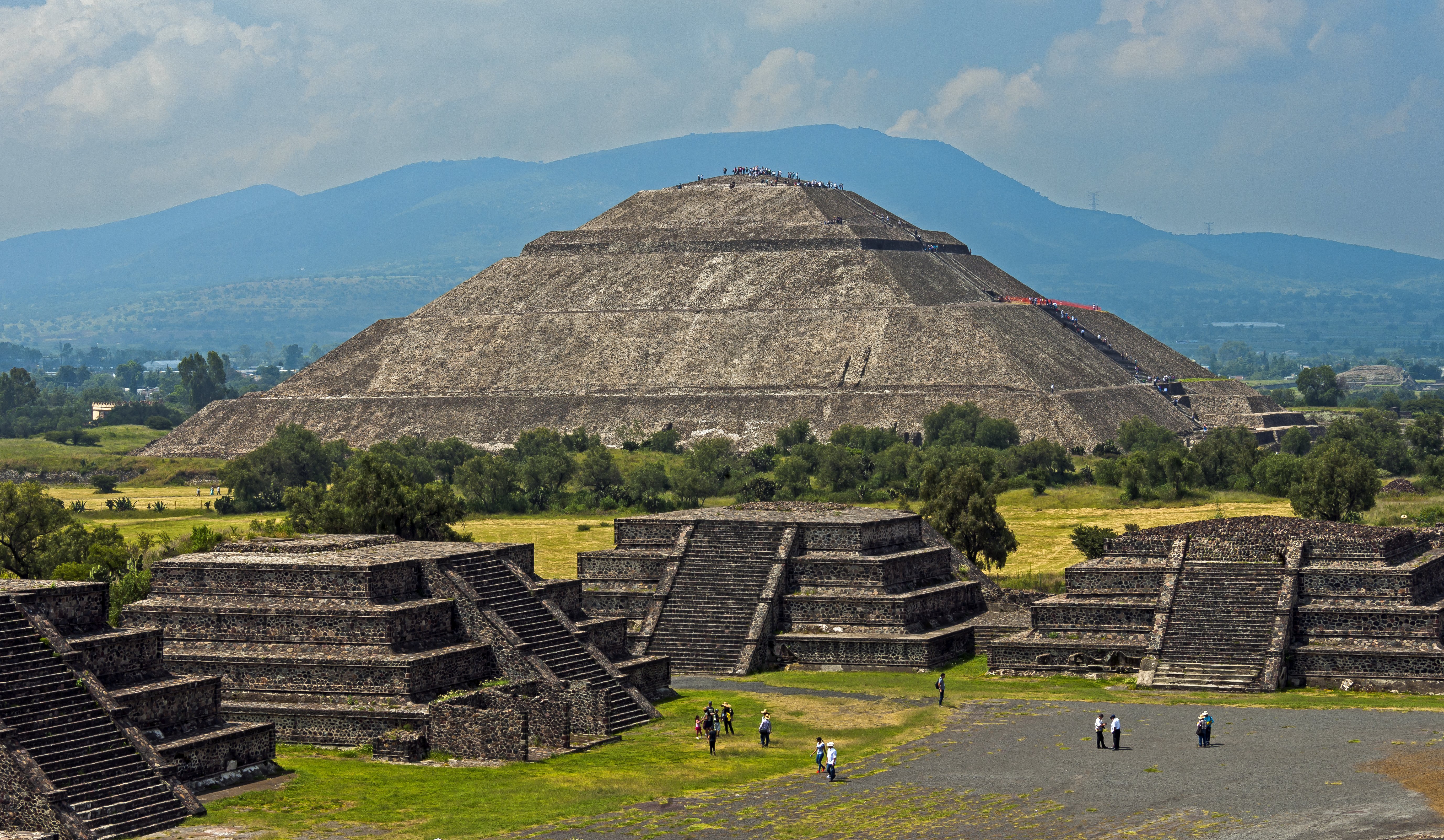🇲🇽map Mexico [Overview]

Mexico, or México in Spanish, anchors the southern end of North America between the United States and Central America, with coastlines on both the Pacific Ocean and the Gulf of Mexico. Home to roughly 130 million people, it’s one of the world’s largest Spanish-speaking countries and a regional hub for trade, culture, and education. The country’s terrain is surprisingly varied: high-altitude cities like Mexico City sit on a vast plateau framed by volcanoes, while lush jungles, deserts, and beach-lined peninsulas shape life in every direction. Mexico gave the world chocolate as we know it today, and you’ll still find cacao culture alive in markets and small farms from Oaxaca to Chiapas.
Economy
Mexico’s economy mixes advanced manufacturing with deep agricultural roots and a fast-growing service sector. Many people work in automotive and aerospace production, electronics assembly, logistics, tourism, retail, and professional services, while small family businesses remain the backbone of local commerce. The country’s natural resources range from oil and natural gas to silver and other minerals, and its diverse climate supports avocados, berries, coffee, agave, and corn. For global connectivity, Mexico is highly integrated with North American supply chains and ports that link to Asia and Europe. It is a founding member of the US-Canada-Mexico trade pact (USMCA, formerly NAFTA), participates in the Pacific Alliance with several Latin American partners, and maintains an extensive network of free trade agreements that make cross-border business and remote work remarkably feasible.
Culture
Spanish is the dominant language, and you’ll hear it everywhere from bustling mercados to boardrooms, but dozens of Indigenous languages—such as Nahuatl, Maya, Mixtec, and Zapotec—remain widely spoken in many regions. Most Mexicans identify as mestizo, reflecting a blend of Indigenous and European heritage, alongside distinct Indigenous communities and smaller Afro-Mexican and other groups. Mexico’s history stretches from the sophistication of pre-Columbian civilizations like the Maya and Mexica (Aztec), through Spanish colonial rule, independence in the early 19th century, and a transformative revolution in the early 20th. Today, people are passionate about family, food, and football (soccer), and you’ll also find lively interest in arts, film, and design—street murals and contemporary galleries often share the same neighborhoods.
Roman Catholicism plays a leading role in the country’s identity, though religious diversity has grown, including various Protestant and evangelical communities and a secular urban culture in many cities. The calendar brims with celebrations: Día de los Muertos in late October and early November blends remembrance with artful altars and parades; Independence Day on September 16 fills plazas with music and fireworks; and the December holiday season includes the Virgin of Guadalupe Day and las posadas. Whether you’re in a colonial highland town or a coastal metropolis, local festivals and community events are a reliable doorway into everyday Mexican life.
Sophia
Sophia is a relocation specialist and cross-border business consultant originally from Toronto, Canada,
with over 13 years of experience in North American and Caribbean markets. Having worked for major
international relocation firms and managed corporate assignments across the United States, Canada,
Mexico, and popular expatriate destinations in Central America and the Caribbean, Sophia has extensive
experience facilitating international moves for professionals and retirees. Her expertise spans both
the practical aspects of visa navigation and the cultural nuances of adapting to life in North American
and Central American communities.
Published: 2025-03-07